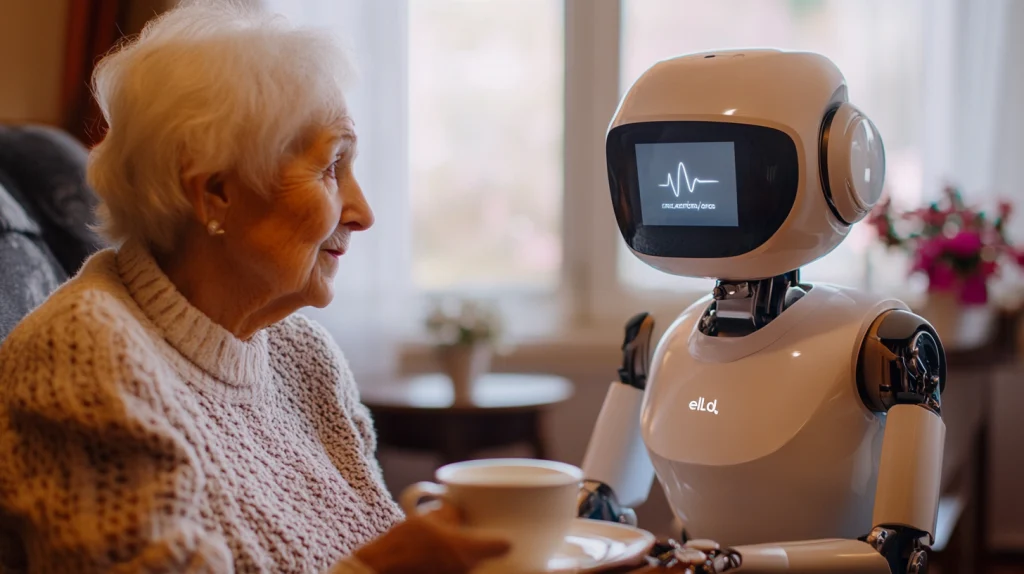Just ten years ago, the idea of a household robot that would cook dinner and hold a conversation over a glass of wine seemed like science fiction. Today, it’s a reality. Household robotics in 2024 has already gone beyond vacuum cleaners and smart speakers: robot chefs, digital conversationalists, and intelligent assistants are coming into play, capable of replacing an entire team of housekeepers.
Chefs without reproach: who is already cooking in the kitchen?
One of the main sensations was the Moley Robotics system – a fully automated kitchen station with two robotic arms that repeat the movements of a professional chef. The device does not just cook, but chooses a recipe, cuts ingredients, cooks and cleans up after itself.
Also worth mentioning:
- Botinkit – a Chinese development of a robot for cooking oriental cuisine;
- Suvie Kitchen Robot – a smart oven that can simultaneously cook and cool food;
- Samsung Bot Chef – a flexible assistant that can be integrated into a standard kitchen.
Conversational robots and digital “drinking buddies”
The advent of advanced language models and generative AI, such as GPT and Claude, has made it possible to create companion robots that maintain a dialogue, joke, remember facts about the user, and can even “empathize.”
Examples of such solutions:
- ElliQ is a robot for the elderly: it conducts a dialogue, reminds about medications, offers to do exercises;
- CompanionBot from Xiaomi is a home mini-android that understands the voice and mood of its owner;
- Ameca from Engineered Arts is a humanoid with realistic facial expressions and conversational skills.

Cleaning, delivery and care for the elderly
The home robot market also includes:
- new generation robot vacuum cleaners (with object recognition, voice and mapping functions),
- robots for storing products,
- medical assistants that monitor blood pressure, pulse, and sugar levels.
Separately, it is worth mentioning robots with autopilot that deliver food, medicine or goods inside large residential complexes.

Where is the line between convenience and dependence?
On the one hand, robots make life easier, especially for the elderly, people with disabilities and busy families. On the other hand, questions of privacy, emotional dependence and deformation of usual communication arise.
Experts warn: as early as 2025, companion robots may become not just assistants, but full-fledged “family members” – and society is not ready for this yet.
What’s next?
The development of household robotics is proceeding rapidly. It is expected that in the next 3-5 years:
- kitchen robots will become the standard for “smart homes”;
- conversational AI will be adapted to different age and cultural groups;
robots with advanced socialization skills will appear – recognizing emotions, jokes and sarcasm.
Household robotics today are not just technologies, but a rethinking of the role of machines in everyday life. Robots no longer just clean, but also talk, feel, help – and, perhaps, will soon become best friends, cooks and conversationalists all rolled into one.

Leave a Reply